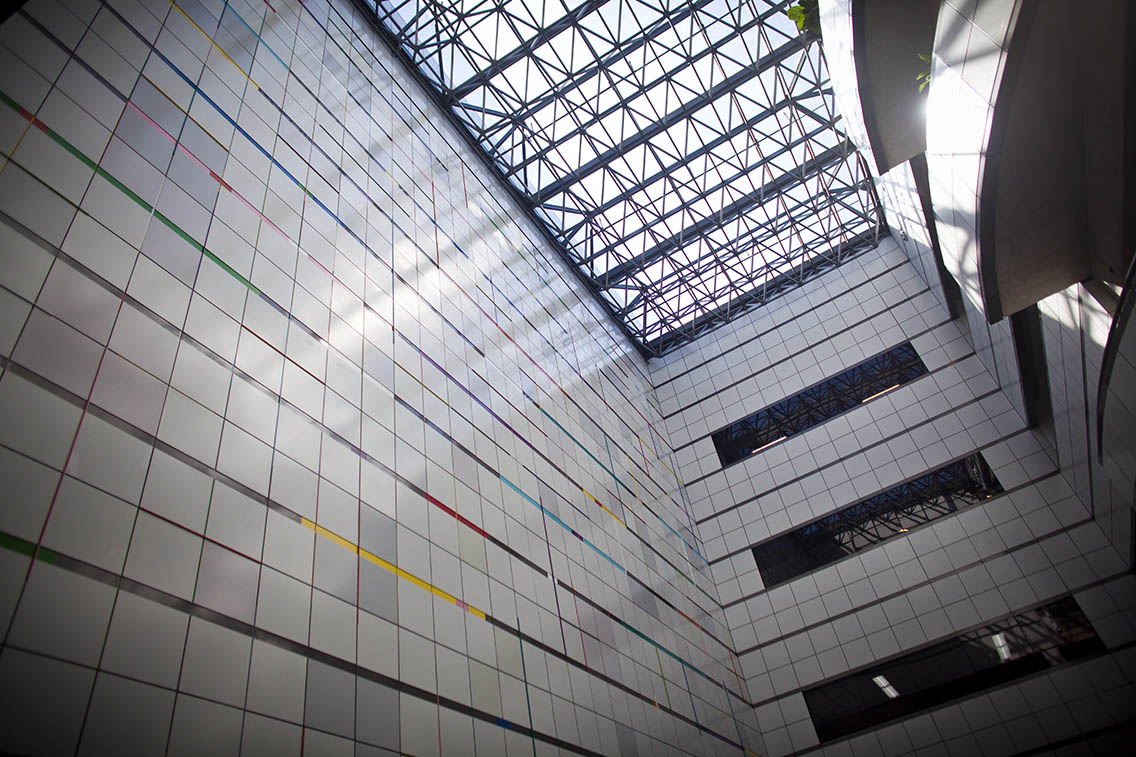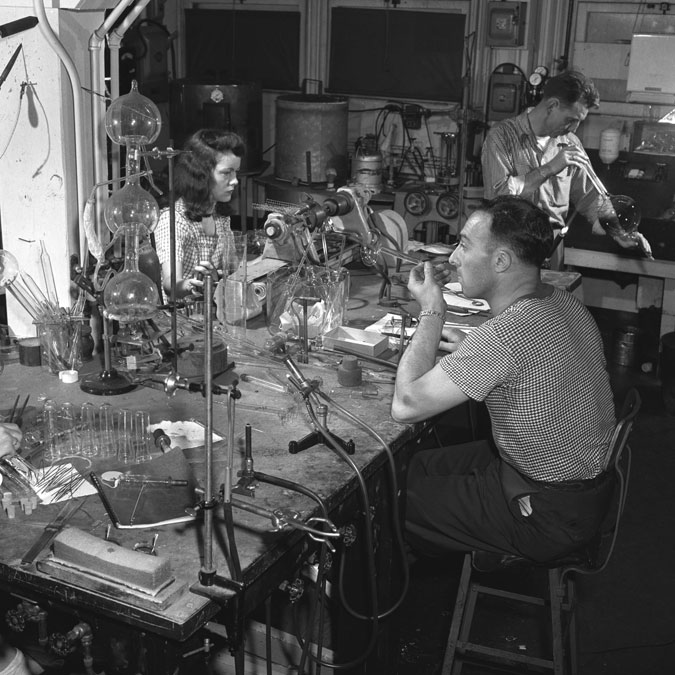Magical Incubators
Building 20, MIT’s temporary war-works headquarters, earned a reputation as a “magical incubator” in the mid-20th century because of the pioneering work that went on there during and after World War II—and not just defense work. Linguistics, stroboscopy—even hacking developed there. Although the structure was temporary, the culture of Building 20 pervaded MIT to the extent that the campus today has become an integrated network of magical incubators.
Residence halls and living groups
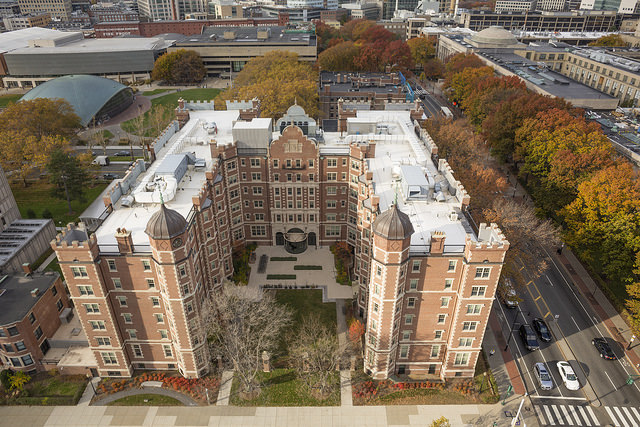
Masseh Hall
Photo: AboveSummit with Christopher Harting
Residence halls and living groups are as much incubators for invention at MIT as the labs and classrooms. It’s one reason the Institute began, in 2002, to require freshmen to live on campus. Every dorm is a culture within the MIT culture, with signature events, traditions, and activities—hacking, for example. From the school’s earliest days, dorm-centered hacking groups have generated many of the most hallowed hacks and pranks. In the 1970s and 1980s, Tetazoo, the infamous East Campus dormitory hacking group, often added its own artworks to campus exhibitions.
Other residence halls have established rituals like the annual Baker House Piano Drop, which began in 1972 when Charlie Bruno ’74, decided to heave a piano from the residence hall roof. Baker students later named a unit of measurement after him—one Bruno equals the volume of the cavity produced by a 600-pound piano falling 75 feet onto concrete and asphalt pavement. Then there’s the annual Bad Ideas Festival that the East Campus dormitory celebrates as part of Independent Activities Period (IAP). Want to build a multi-story rollercoaster out in the quad on the coldest weekend in January? The Bad Ideas Festival is your chance.
More
-
Institute Historian T. F. Peterson, Nightwork: A History of Hacks and Pranks at MIT (Cambridge: MIT Press, 2003)
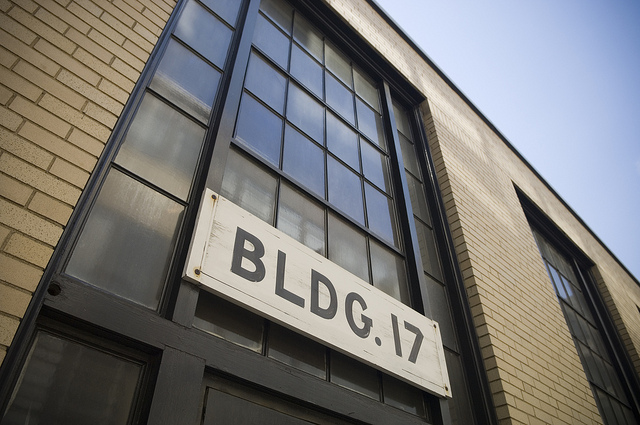
Building 17 is the location of the Wright Brothers Wind Tunnel.
Photo: Christopher Harting
Media Lab
From its inception in 1980, the MIT Media Lab has been an influential leader in the digital revolution. Its cross-disciplinary philosophy encourages the convergence of conventionally disparate research areas and has expanded the frontier of digital invention from wearable computing to stackable electric cars and advanced imaging technologies that can “see around a corner.” The lab grew out of the work of the MIT Architecture Machine Group (1967–1985), a think tank that studied new approaches to human-computer interaction, and was the joint vision of the group’s founder Nicholas Negroponte and former MIT President Jerome Wiesner.
The Media Lab headquarters, named for Wiesner, was designed by MIT alumnus I. M. Pei ’40, architect of such iconic structures as the glass pyramid entrance to the Louvre. A soaring addition by Maki & Associates opened in 2009 to contain the expanded work of the lab, which now includes 25 interdisciplinary research groups working on more than 350 projects. Media Lab research has generated more than 150 spin-out companies.
The Infinite Corridor
MIT’s 825-foot central corridor is the spine of the main campus complex. It’s called the Infinite Corridor—but not just because it’s the longest straight corridor in the world. This nondescript hallway that connects West Campus to East has inspired infinite scientific inquiry, creative musings, and spiritual wonder. Students in the Department of Civil and Environmental Engineering’s Transport Lab, for example, have studied the Infinite Corridor’s foot traffic as a model for highway vehicular patterns.
Then there’s MIThenge (rhymes with Stonehenge). Every November and January, skies permitting, a beam of sun shoots down the full length of the corridor, creating a haunting aura. Discovered in the mid-1970s by a researcher in the MIT School of Architecture, MIThenge has inspired calculations, in-depth charts and graphs, and lengthy theorizing on how to determine precisely when the solar alignment will take place. MIT writing teacher Joe Haldeman, a popular science fiction author, even expounds on the phenomenon in his 2007 novel The Accidental Time Machine.
-
Institute Historian T. F. Peterson, Nightwork: A History of Hacks and Pranks at MIT (Cambridge: MIT Press, 2003)
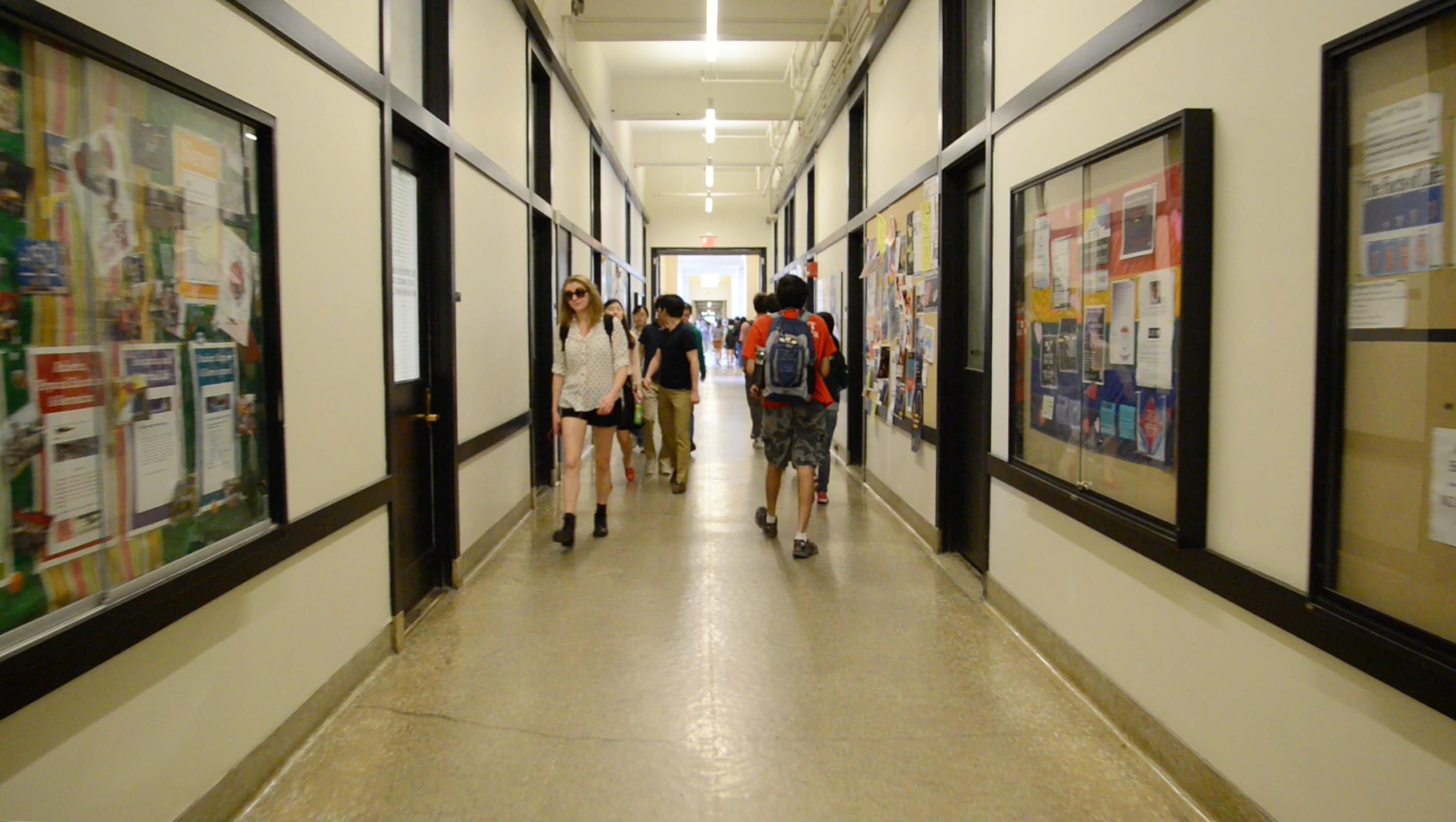
MIT's Infinite Corridor
Photo: Christopher Harting
Wright Brothers Wind Tunnel
The first building on MIT’s new Cambridge campus was not a classroom or a conventional lab: it was a wind tunnel. MIT aeronautics pioneers Jerome Hunsaker, who went on to head Goodyear Zeppelin Company, and Donald Douglas, who would later found Douglas Aircraft Company, constructed the tunnel on Vassar Street. Although designed primarily for aeronautical testing, the wind tunnel was also used to measure wind pressure on skyscraper models, rates of evaporation from reservoirs, and air resistance on everything from automobiles to tennis rackets. In 1917, the US Army Air Service tested nearly every World War I aircraft there.
In 1935, Hunsaker successfully lobbied for a new wind tunnel, which is actually a donut-shaped chamber allowing speeds in excess of 400 mph. The Wright Brothers Wind Tunnel opened in the late summer of 1938 and, like almost every other lab at MIT, was pressed into service for war work—in this case, the testing of WWII fighter planes. Since then, the wind tunnel has played a major role in the development of aerospace, civil engineering, and architecture—testing, for example, why the windows were falling out of the new John Hancock Building in Boston in the 1970s. Researchers today are using it to increase the efficiency of wind turbines, space suits, and commercial aircraft.
More
-
William T.G. Litant, “The Timeless Tunnel,” AeroAstro Magazine, 2011–2012



